Choosing the type of insight you want to create
Select the insight type by clicking the on-screen icon. Click Next to move to the next step.
New cohort insight types are added from time to time. The insight types available to you will depend on your own user permissions which are set by your system administrator.

Count admissions
Count the number of patients with each admission type, or count the number of admissions of each type. You can include all admissions or just the most recent.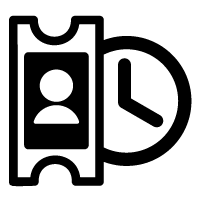
Count admissions or discharges over time
For example: count the number of admissions (or discharges) of each admission type across all admissions for each patient.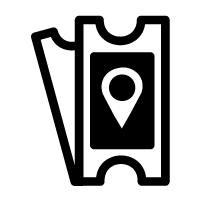
Count locations
For example: count how many patients were admitted to a number of hospitals, or how many patients were seen by different care teams.
Count clinical events
Count the frequency of selected clinically coded events over a selected time frame. For example: diagnoses made, medications prescribed, investigations undertaken.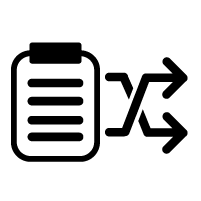
Identify changes in clinical decision
For example: identify changes in prescribed antibiotics or antidepressants, changes in diagnoses or changes in a particular method of treatment, all within any selected time frame.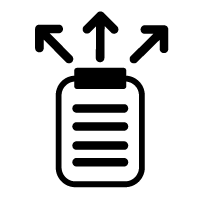
Identify newly-recorded clinical events
For example: identify new prescriptions of a type of medication, or new diagnoses of an illness, within a selected time frame. ‘New’ is defined by the event not having occurred in a selected ‘lookback’ period
Identify repeated clinical events
For example: identify repeated prescriptions of a particular medication or set of medications, or repeated tests or investigations within a selected time frame.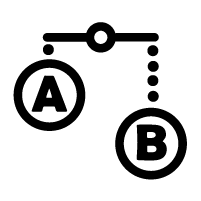
Compare two financial values over time
For example: compare total expenditure with total predicted costs over any selected period (such as the past year, month, or between two specific dates), or compare total charges made with total sum reimbursed.
Sum financial data
For example: display the total cost, charges or reimbursement associated with any selected cohort during a selected time frame.
Count dated answers
Count all dates or just the most recent date. For example: count how many patients were admitted to a hospital within a particular period of time.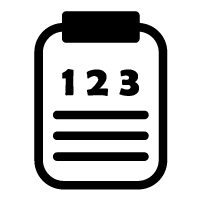
Count events and processes
For example: count the number of assessments, care plans or treatment pathways that have been completed in a selected time frame.
Count events and processes over time
For example: count number of assessments, care plans or treatment pathways that have been completed, grouped by a unit of time.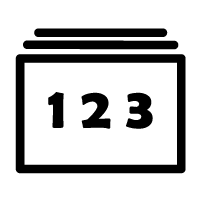
Count numeric answers
Count all such answers or just the most recent answer, and present them as banded values; for example: patients on 0-5 medications or 6-10 medications.
Count picklist answers
Count occurrences of each answer in a picklist, either overall or just the most recent instance. For example: count how many patients were high, medium or low risk.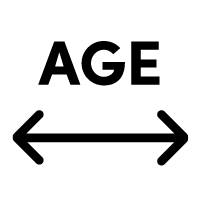
Age bands
Display the age range of your cohort using a number of different banding options.
Map cohort
For example: map the place of residence or place of treatment of any selected cohort, based upon a variety of geographical boundaries.